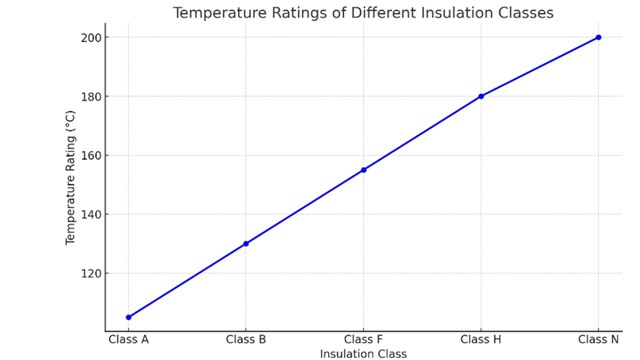I seek your insights on an observation made during an Electrical Installation Condition Report. A 12kW electric boiler has been installed within the electrical meter cupboard, in proximity to the consumer unit. The installation incorporates 16mm tails drawn from the line side of an 80Amp RCD housed in the installations split consumer unit feeding an additional 63amp 61008 RCD positioned within 3 meters, with the 12kW boiler directly connected to the load side.
The boiler is a fixed load and reliant on the Distribution Network Operator’s protective device for protection against overload and short circuit (L-N) fault currents. There were no evident signs of thermal overloading on any devices. It seems that earth fault protection is managed by the additional 63 Amp RCD within its own enclosure, while protection against overload and short circuit fault currents is afforded by the DNO’s equipment. The prospective short circuit current at the boiler measures 0.793kA and the DNO’s device is a 100 Amp BS 1361 type 2B.
What are your thoughts on if there is a requirement for any remedial action based on these findings?

